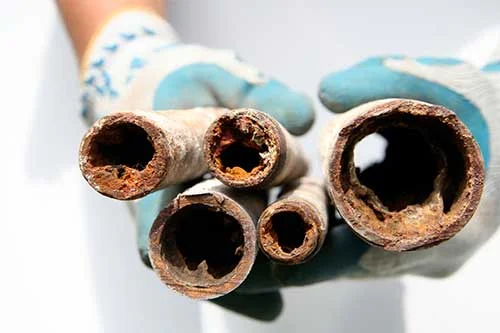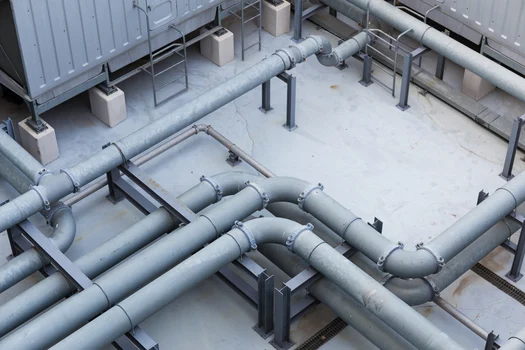Closed Loop Water Treatment
Closed loop systems are often overlooked and nearly neglected systems. Regular testing and inspections to produce the most stable and efficient system possible are imperative for your closed loop system. Small improvements in a closed loop can produce systemic efficiency gains!
IWC Innovations Water Treatment Experts have significant expertise treating both hot water and cold water closed loop systems. Let our experts help you improve the operation, and efficiency of your closed loop system, while also saving your facility money.


Building Owners
Heavy sediment in a closed loop system leads to extreme damage. When sediment builds up on the first floor or basement of a building, water is unable to flow. This causes cold water to become stagnant in pipes, which in turn leads to condensation on the outside of the pipes. This leads to extreme water and mold damage when not properly maintained. Oftentimes, an incident like this is covered under insurance; however, it requires the claim process and an increase in rates often ensue.
Biological fouling can make its way back to the building. Closed loop systems are prone to an overabundance of bacterial growth. Bacterial growth happens in stagnant fill water which can then contaminate the incoming city water.
Closed loop bacterial overgrowth is exceptionally difficult to combat. Because of this, being proactive with your closed loop water treatment is imperative.
Contamination generates poor thermal characteristics. Contamination will ravage pumps and damage piping, increasing overall operating expenses. Being proactive with your closed loop water treatment will save your facility money in the long run as you are not constantly replacing damaged plumbing.

Building Maintenance
Condensed water leads to burdensome repair work on drywall and cabinet replacement. Pumps are difficult to replace, with proper closed loop water treatment, replacement will not need to happen as often.
IWC engineers solve the toughest issues that exist with your closed loop system. They determine whether your system is not getting sufficient cooling or presents high levels of condensation, saving you time with endless repairs and replacement projects.

